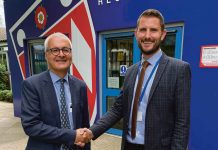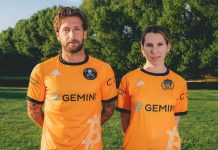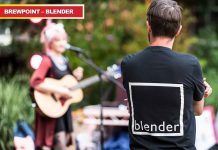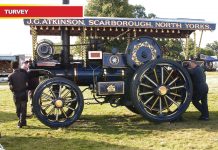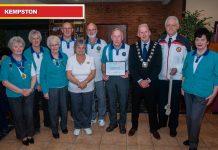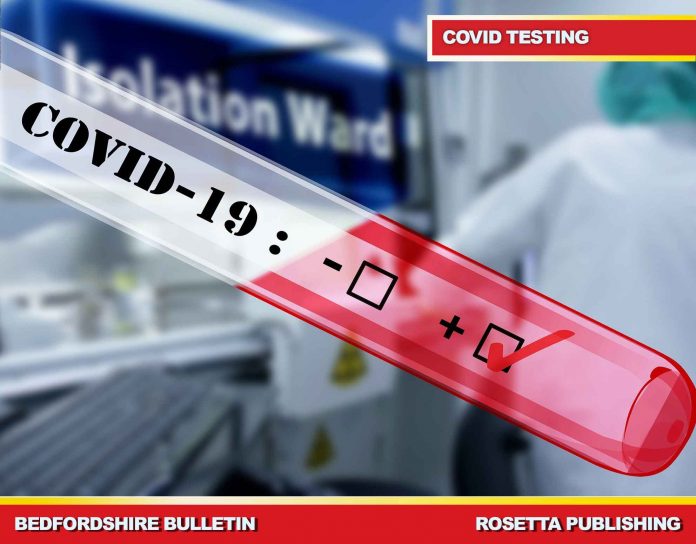Only 10 per cent of residents in Bedford’s Indian variant hotspot wards have come forward for tests, a meeting heard yesterday (Thursday).
Health chiefs are stepping up efforts to hunt down hidden cases of Covid – where people are carrying the virus without having a clue that it is lurking in them.
Bedford Borough Council’s local outbreak engagement board was told that more than 2,000 people without symptoms have had a test at one of the mobile testing units in Kingsbrook, Cauldwell, Wixams and Queens Park.
About half of 1,500 home testing kits have also been returned.
So far they have picked up 23 positive cases but want to test as many of the 33,000 people in the wards.
Mayor Dave Hodgson (Lib Dem) said: “If my maths are right that is over 1,000 per 100,000 and we haven’t seen anything like that during the pandemic in Bedford.”
Ian Brown, the borough’s public health chief told the meeting that the official case rate has risen to around 200 per 100,000 population.
But as people with no symptoms have not been tested in great numbers previously, any virus they have been carrying hasn’t been detected.
Mr Brown said: “We haven’t seen it because we haven’t been testing asymptomatic people in high volumes. So when we do that, for the proportion of cases we can’t see, we will find them.
“It will enable them to isolate and we will break those chains of transmission.”
The meeting was told that the testing effort in Wixams will be ended today (Friday) and extra resources will be piled into Kingsbrook, Cauldwell, and Queens Park.
They will be upping efforts to persuade people to get tested, and to take financial packages to self-isolate.
The meeting heard that the case rate is highest in young unvaccinated people aged 11-18 and rising in most age groups.
There are signs that people are now becoming ill enough with Covid-19 to need hospital treatment at Bedford Hospital, where patient numbers have increased to nine.
But the meeting was also told that this hasn’t yet led to more deaths, and the scientists are still trying to work out if the now dominant Indian variant is deadlier than its evolutionary cousins.
The meeting also heard from Professor Vijay Nayer who explained why it is important for people to get their second vaccine dose.
He said the first dose “doesn’t quite cut it” but the second dose takes protection up as high as it can go against the variant which is 50 per cent more transmissible than the previously dominant Kent strain.
Health chiefs urged residents to meet people outdoors during the sunny bank holiday weather and at school half term.
They explained that the virus spreads in the air, making it easier to catch inside than out in the fresh air.
The meeting also heard that there are now enough supplies of the Pfizer vaccine locally to ensure that younger people don’t have to travel outside of the borough to get their jabs.




